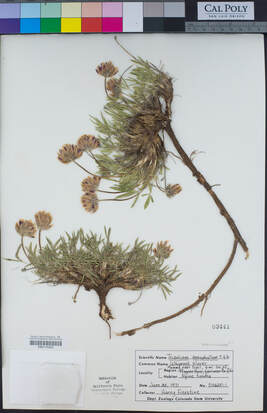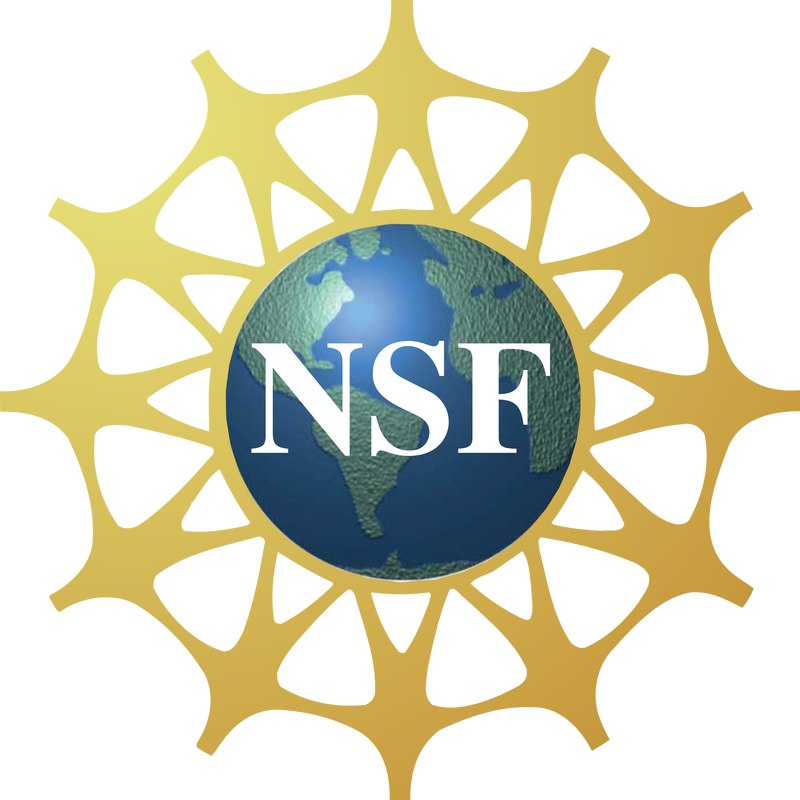This week we pause to remember a biologist near and dear to the California community, a dedicated devotee to exploring and explaining the natural world who passed away this April: Dr. Harry Fierstine.
Dr. Fierstine was a native of California; he earned his PhD at UCLA and then moved to San Luis Obispo, where he taught biology, zoology, comparative anatomy, and ichthyology (the study of fish) at California Polytechnic State University for 29 years. However, like most natural scientists, Dr. Fierstine's curiosity was much broader, and his publications profess an interest across the globe. He studied fossils of marlin from California to Virginia, South Carolina to the Philippines. In one, almost comical study, Dr. Fierstine examined the rostra (beak-like "noses") of supposed swordfish that had been found embedded in the hulls of wooden ships from the early 19th century (Fierstine & Crimmin, 1996). By measuring the rostra and studying their shape, he and a colleague determined that the rostra belonged not to swordfish (Xiphias gladius), but marlins (Makaira spp.). Prior to this study, few scientists had recognized this "spearing" behavior in marlins. Dr. Fierstine contributed much to our understanding of these enormous, mysterious fish.
| Although his studies primarily concerned fish and fossils, Dr. Fierstine also collected plants. His specimens, characterized by orderly, hand-written labels and beautifully-pressed plants, are largely preserved in the Robert F. Hoover Herbarium at Cal Poly. Thirty-four have been uncovered so far, but many continue to come to light as we catalog the thousands of specimens in this herbarium. These 34 specimens commemorate a trip that Dr. Fierstine took to Larimer county, Colorado, in the summer of 1971. As he traveled in the mountains near Fort Collins, he documented the stunning diversity of the Rocky Mountains, like the alpine clover (Trifolium dasyphyllum) shown on the right, a species endemic to high elevations in the west-central U.S. His specimens speak to a deep interest in the natural world, in and out of the ocean. We are saddened by his passing, but thankful for his contributions to science during his full and productive life. |
Works cited
- Fierstine HL, Crimmin O. 1996. Two erroneous, commonly cited examples of "swordfish" piercing wooden ships. Copeia. 2:472-475.

